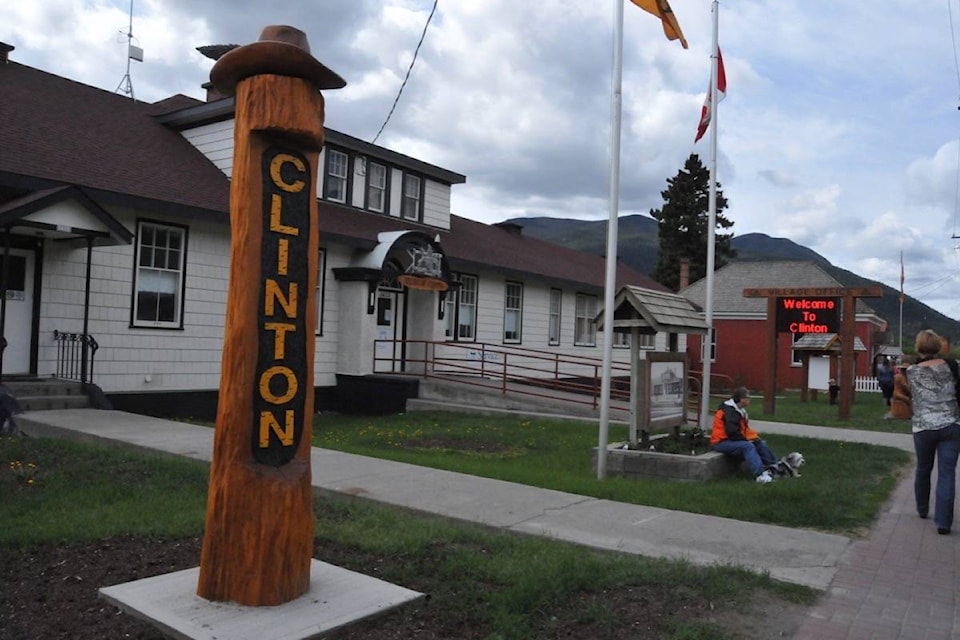More than 70,000 property owners in the Thompson region will be receiving their 2019 property assessment notices in the next few days, and “The majority of home owners within the Thompson area can expect a value that is somewhat higher compared to last year’s assessment,” says Thompson Okanagan Deputy Assessor Graham Held of BC Assessment.
“Home values increased in a relatively consistent manner between July of 2017 and July of 2018. There were a few communities where the value increases were notably higher, including Clinton, Lillooet, and Sun Peaks.”
The notices reflect the estimated market value of each property as of July 1, 2018 and the physical condition as of Oct. 31, 2018 as determined by BC Assessment.
Clinton saw the average assessed value of properties increase by 16 per cent between July 1, 2017 and July 1, 2018, going from $103,600 in 2017 to $119,700 in 2018. Cache Creek went from an average assessed value of $148,200 in 2017 to $163,200 in 2018 (an increase of 10 per cent), while Ashcroft stayed relatively stable with an increase of two per cent (from $217,000 in 2017 to $222,200 in 2018).
At $119,700, Clinton remains the most affordable municipality within the Thompson region in terms of assessed property values for single-family homes. Sun Peaks is the most expensive, with an average assessed value of $847,000. The average assessed value of a single-family home in Kamloops is $431,000.
“It’s quite a substantial increase for Clinton,” says mayor Susan Swan of the increase in assessed values. “I talked to staff and asked ‘What’s driving this?’ There have been some new builds, and several properties that sold recently sold above their assessed values.”
She says that the assessment results will be on the agenda for the council meeting on Jan. 9, so that council can discuss what to do with the mill rate: lower it and keep property taxes down, or leave it intact and see property taxes increase because of the rise in assessed values.
Swan adds that she thinks it’s a seller’s market in Clinton at the moment. “If assessments go up, people think they can ask more [for their properties] even if nothing else has changed.” She has also noted that the lack of available housing in Clinton is a major factor that the current council needs to address.
“It’s not uncommon” to see such large increases in assessed property values from one year to the next, especially in smaller communities, says Held. “There are different market forces at play than in a centre like Kamloops. We report the values we see in the marketplace, and sales in the second and third quarters of 2018 drive the assessments.”
Changes in property assessments reflect movement in the local real estate market and can vary greatly from property to property. When estimating a property’s market value, BC Assessment’s appraisers analyze current sales in the area, as well as considering other characteristics such as size, age, quality, condition, view, and location.
“What I’ve noticed over the years is that where market values are relatively low, home prices are very affordable but can also be very sensitive,” says Held. “You have a low pool of homes for sale, so it’s supply and demand. Demand can drive up prices quite quickly when there’s not much housing stock available.”
BC Assessment’s website at www.bcassessment.ca includes more details about 2019 assessments, property information, and trends, such as lists of 2019’s top valued residential properties across the province. The website also provides self-service access to a free, online property assessment search service that allows anyone to search, check, and compare 2019 property assessments for anywhere in the province.
As a new option, property owners can unlock additional property search features by registering for a free BC Assessment custom account to store/access favourites, create comparisons, and use the new interactive map.
“It gives folks an idea of how the community has moved, and where they stand in relation to others in their community,” says Held. “You know how your property moved in relation to others in your tax rate. Comparing properties to properties is very valuable. And real estate sales are on there as well, so you can see the prices.”
More than 98 per cent of property owners typically accept their property assessment without proceeding to a formal, independent review of their assessment. “Those who feel that their property assessment does not reflect market value as of July 1, 2018, or see incorrect information on their notice, should contact BC Assessment as indicated on their notice as soon as possible in January,” says Held.
“If a property owner is still concerned about their assessment after speaking to one of our appraisers, they may submit a Notice of Complaint (Appeal) by Jan. 31, for an independent review by a Property Assessment Review Panel,” he adds.
The Property Assessment Review Panels, which are independent of BC Assessment, are appointed annually by the Ministry of Municipal Affairs and Housing, and typically meet between February 1 and March 15 to hear formal complaints.
The Kamloops BC Assessment office is located at 805 Renfrew Avenue, Kamloops, B.C., V2B 3X3. During the month of January, office hours are 8:30 a.m. to 5 p.m., Monday to Friday. Property owners can contact BC Assessment toll-free at 1-866-valueBC (1-866-825-8322) or online at www.bcassessment.ca.
editorial@accjournal.ca
Like us on Facebook and follow us on Twitter
